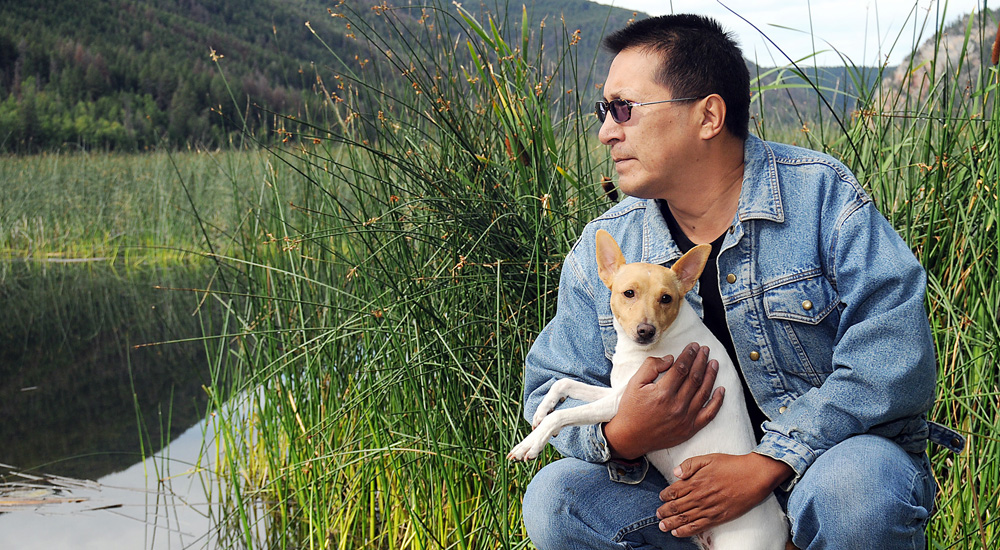“All that we are is story. From the moment we are born to the time we continue on our spirit journey, we are involved in the creation of the story of our time here. It is what we arrive with. It is all we leave behind. We are not the things we accumulate. We are not the things we deem important. We are story. All of us. What comes to matter then is the creation of the best possible story we can be while we’re here; you, me, us, together. When we can do that and we take the time to share those stories with each other, we get bigger inside, we see each other, we recognize our kinship – we change the world, one story at a time…”
– Richard Wagamese
I have heard this idea, as I am sure you have, in many ways, by many great thinkers, from a variety of cultures, and this is what makes it more true. It resonates with us. We feel it deep inside. All that we are is story. The story of discovering DNA, falling in love, learning to walk, inventing the internet. All that we are is story, and that is why story has such a profound effect on how we learn. As creatures of story our brain seeks to make meaning in everything that takes place from us, to us, and around us though the narrative. It will look for the beginning, middle, and end, and fill in any details it needs too to make sense out of its experiences. This is not conjecture, or soft thinking. This is science: Why Your Brain Likes Good Storytelling; Harvard business , The Neuroscience of Storytelling: Slideshare, TEDx: Storytelling, Phycology, and Neuroscience.
Yet despite how powerful and activating storytelling is, in education we have steered away from it for the vast majority of the last 150 years. In history we ignore the story component and teach it as vocabulary, dates, maps and other pieces, and fail time and again to connect these to the story. In science and math we act like there is no story in the numbers, yet the problems math seeks to aid and solve are all narration. The story of building the home, the narrative of the biome. Even in English we disservice story. We read for fluency and comprehension, we do spelling tests, we spend an inordinate amount of time writing the five paragraph essay. Stories are the soft side note of the “rigour”. Yet science says we are missing an opportunity, and the more we learn, the more we agree. Which is why this blog is focussed on embedding Indigenous Pedagogy in the classroom, and will be told as it is, a story.
